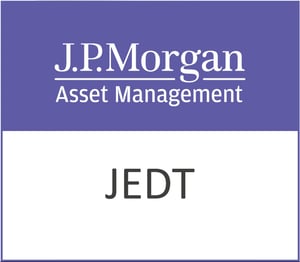Carnival Corporation & plc, listed as CCL.L, has long been a stalwart in the travel services industry, particularly in the cruise sector. As the world’s largest cruise operator, it has a significant footprint across the globe, operating a range of well-known brands including AIDA Cruises, Carnival Cruise Line, Costa Cruises, and Cunard, among others. Headquartered in Miami, Florida, despite being a U.S.-based company, it is listed on the London Stock Exchange under the consumer cyclical sector.
As of the latest data, Carnival boasts a market capitalisation of $15.7 billion, reflecting its substantial influence in the leisure travel industry. The current share price stands at 1226 GBp, with a marginal price change of 0.01%, indicating a period of relative stability. However, the 52-week range of 1,006.50 – 2,057.00 GBp highlights the volatility that investors in the travel sector have become accustomed to, particularly in the post-pandemic landscape.
Valuation metrics paint an intriguing picture. The absence of a trailing P/E ratio and the notably high forward P/E of 576.13 suggest that investors are betting on significant future earnings growth, albeit from a currently challenging earnings base. The lack of data for PEG, Price/Book, Price/Sales, and EV/EBITDA ratios further underscores the complexity and risk associated with assessing Carnival’s current market valuation.
Despite these challenges, Carnival has demonstrated resilience with a revenue growth of 7.50%. The company achieved an EPS of 1.19, and a notable return on equity of 25.87%, which are positive indicators for shareholders. The substantial free cash flow of approximately $951.5 million also provides a cushion that could support future growth initiatives or debt repayments, essential for a company navigating the turbulent waters of the cruise industry.
Carnival’s dividend data reflects a conservative approach, with a payout ratio of 0.00%. This suggests that the company is opting to reinvest earnings into the business rather than returning profits to shareholders in the form of dividends, a strategic move often adopted during periods of recovery or expansion.
From an analyst perspective, Carnival has garnered a mix of sentiments with 21 buy ratings, 6 hold ratings, and a single sell rating. The average target price of 1,906.76 GBp presents a potential upside of 55.53%, indicative of market optimism about Carnival’s recovery and growth prospects. This optimism is, however, tempered by a broad target price range of 905.64 – 2,362.74 GBp, reflecting diverse opinions on the company’s future performance.
Technical indicators offer additional insights into Carnival’s stock movement. The 50-day and 200-day moving averages are at 1,533.64 and 1,502.63 GBp respectively, signalling that the current price is below these averages, a potential indicator of a bearish trend. The RSI (14) of 62.83 suggests that the stock is approaching an overbought situation, while the MACD and signal line values indicate potential bearish momentum.
Carnival stands as a formidable player in the leisure travel market with a broad portfolio of brands and services. However, the company faces the dual challenge of navigating short-term market volatility and strategically positioning itself for long-term growth and profitability. For investors, Carnival presents an intriguing opportunity, albeit with inherent risks typical of the travel services industry in the current economic climate. As the world continues to open up and consumer confidence in travel returns, Carnival’s trajectory will be closely watched by investors eager to capitalise on the rebound of the cruise industry.






































